Deck & Commander Strategies
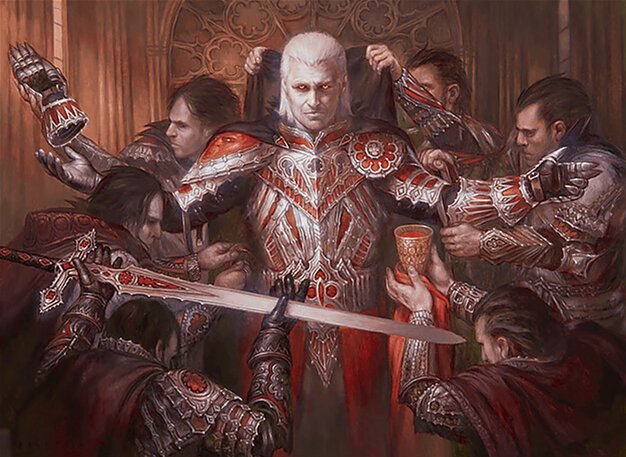
Edgar Markov
Aggressively produces vampire tokens through the eminence ability and synergizes with sacrifice outlets and damage triggers like Blood Artist to drain opponents’ life while applying board pressure.
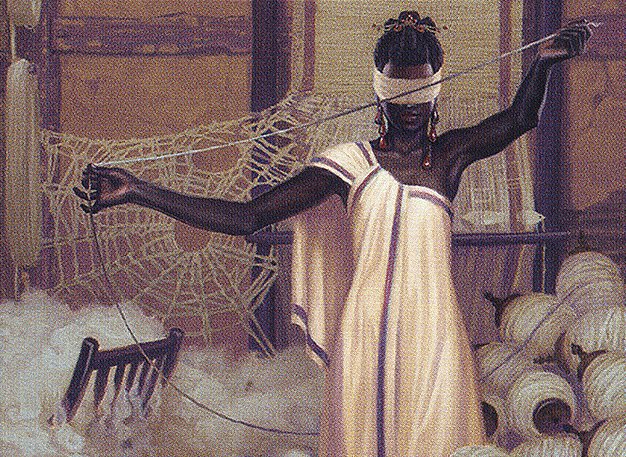
Tymna the Weaver & Silas Renn
Focuses on artifact ramp and flicker combos to generate golem tokens, draw cards, and gain incremental advantage through flickering creatures like Winged Splicer and Metamorph.
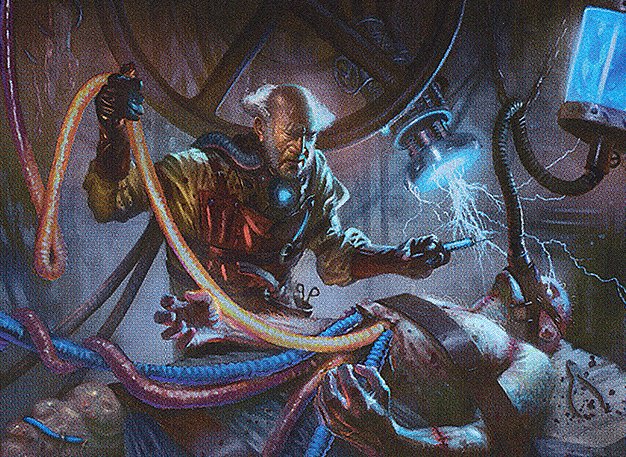
Ludevic, Necro-Alchemist & Bruse Tarl
Uses spells and combat tricks to control the board and buff creatures, leveraging life gain and damage spells like Blazing Shoal, while using equipment and enchantments to enhance combat.
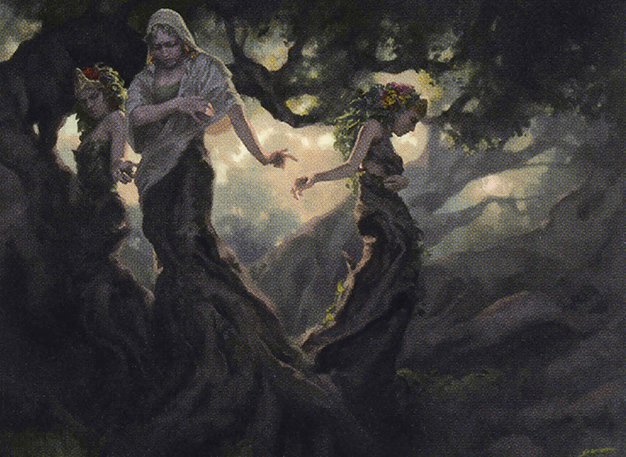
Trostani, Selesnya's Voice
Utilizes token generation and life gain synergy with creatures like Wall of Omens and Greater Good to build a resilient board and outvalue opponents over time.
Gameplay Insights
- 1
Bill’s timely use of Return to Dust to clear John’s critical artifact ramp slowed down his token generation and card draw engine significantly.
- 2
John maximized value by repeatedly flickering creatures with Conjurer’s Closet and Restoration Angel, gaining multiple triggers and token production.
- 3
Bill’s sacrifice of vampire tokens to Blood Artist triggers dealt significant damage to Eric, showcasing the power of token sacrifice synergies in Edgar Markov decks.
- 4
Eric’s use of combat tricks like Blazing Shoal combined with equipment and enchantments turned his creatures into formidable threats, enabling burst damage and life gain.
- 5
The interaction between flicker effects and token generators was a central theme, enabling continuous pressure and value creation.
Notable Cards
-
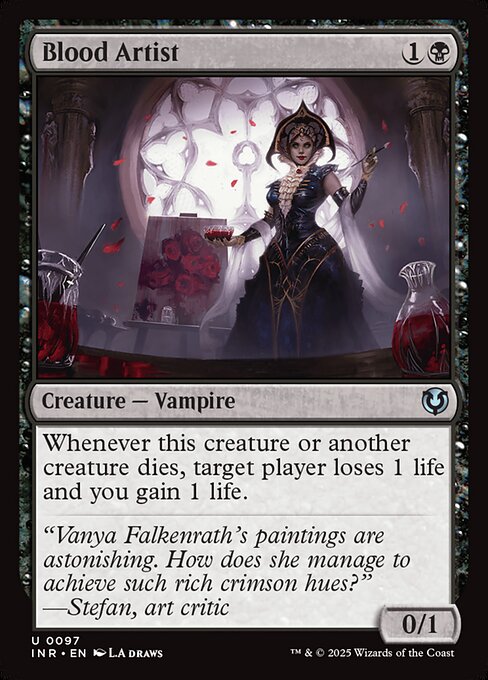
Blood Artist
-
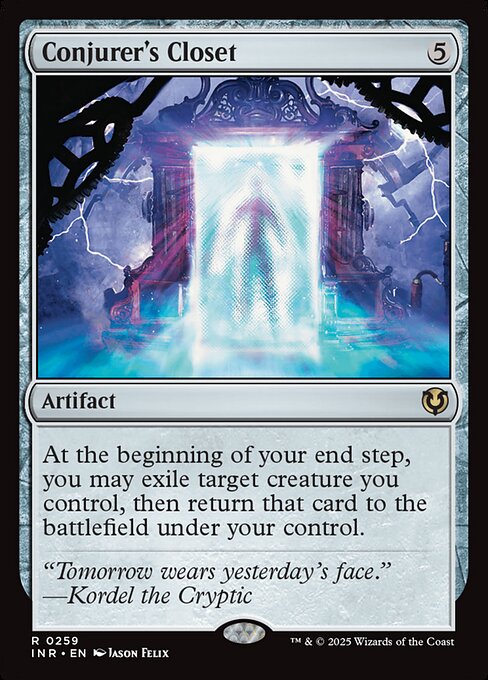
Conjurer's Closet
-
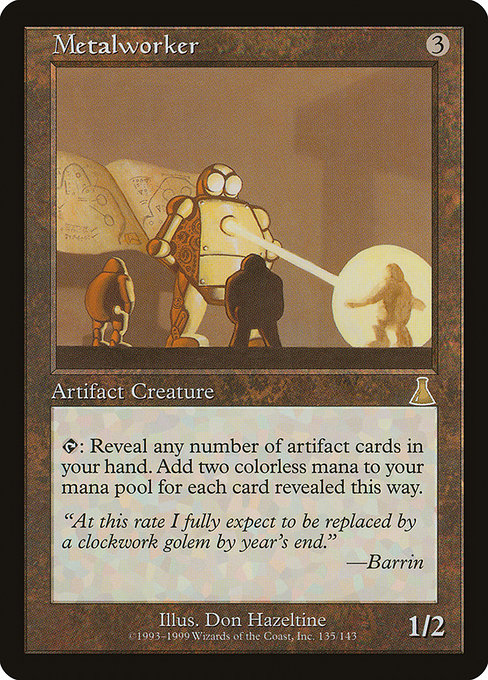
Metalworker
-
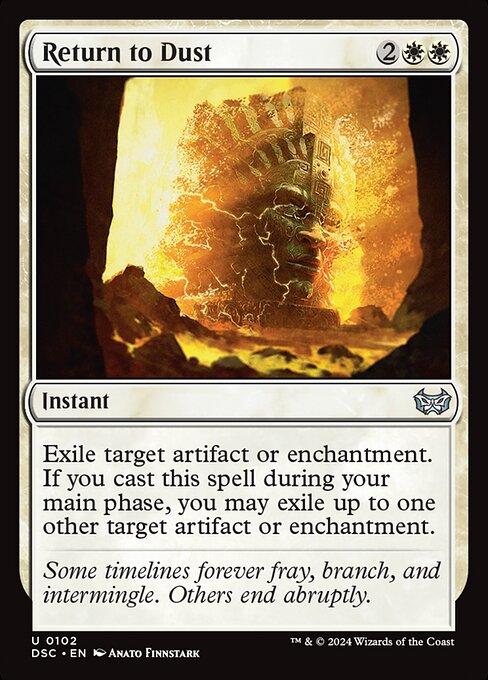
Return to Dust
-
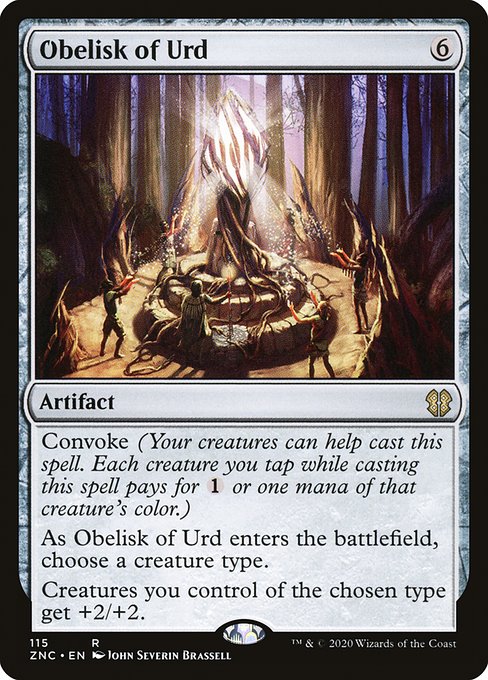
Obelisk of Urd
-
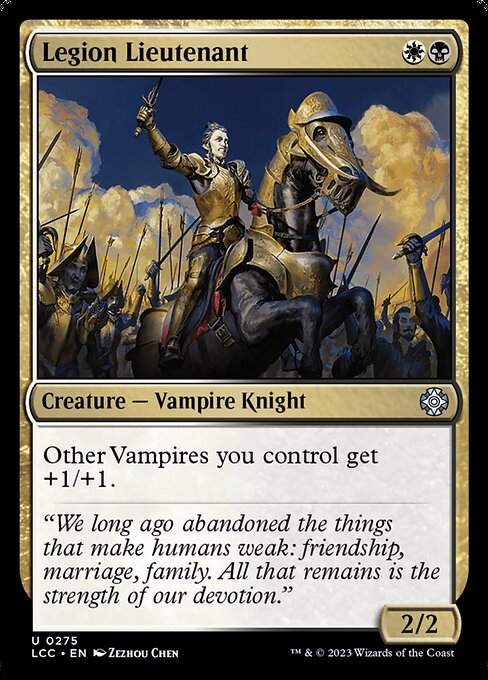
Legion Lieutenant
-
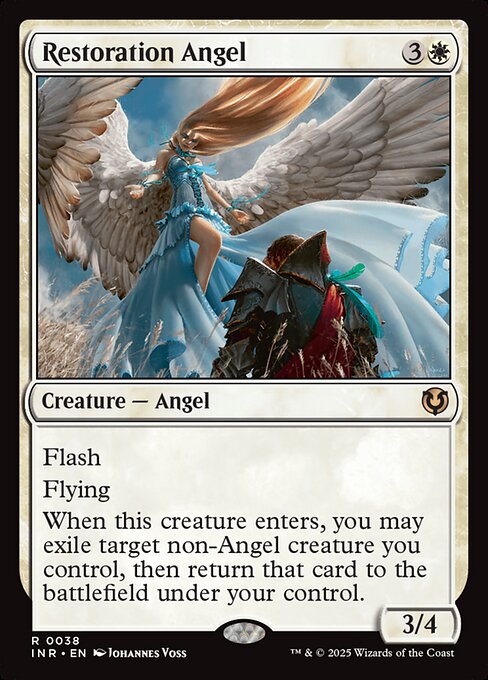
Restoration Angel
-
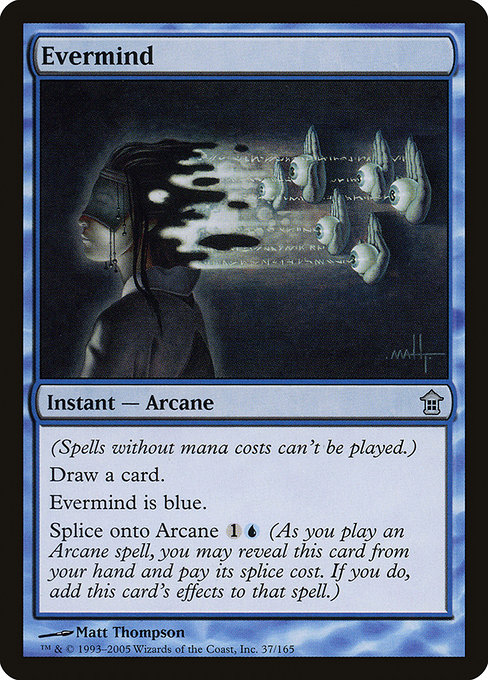
Evermind
Gameplay Summary
The game started with players establishing their boards through mana ramp and early creatures, with Edgar Markov generating vampire tokens aggressively and John utilizing artifact synergies through Metalworker and Winged Splicer.
Bill’s Edgar Markov deck leveraged token creation and synergies with cards like Olivia Mobilized for War and Blood Artist to gain incremental advantage and apply pressure.
John’s Tymna and Silas deck focused on artifact production and flicker effects, generating golem tokens and drawing cards through repeated use of Conjurer's Closet and Timna's ability.
Eric's Ludevic and Bruse deck utilized spells and creatures to control the board and leverage damage spells, including Blazing Shoal and Evermind to buff his creatures and gain life.
The Trostani deck focused on token generation and life gain through creatures like Wall of Omens and Greater Good, supporting a midrange value strategy. Key turning points included Bill’s use of board wipes like Return to Dust to remove John’s artifact ramp, slowing down his token production.
John’s flicker combos with Restoration Angel and Conjurer's Closet allowed repeated triggers for value and token generation.
Bill’s aggressive token swarming, combined with cards like Obelisk of Urd naming vampires and Legion Lieutenant, created lethal board presence supported by Blood Artist’s damage output.
Eric’s Ludevic deck dealt significant damage and stabilized with life gain from combat tricks and spells.
The game saw multiple combat phases with big swings in life totals, particularly Bill’s sacrifice and token synergies dealing heavy damage to Eric.
The interactions between flicker effects, token production, and sacrifice outlets were central to the game’s flow, with Bill’s Edgar Markov deck eventually dominating through efficient token generation and damage triggers.




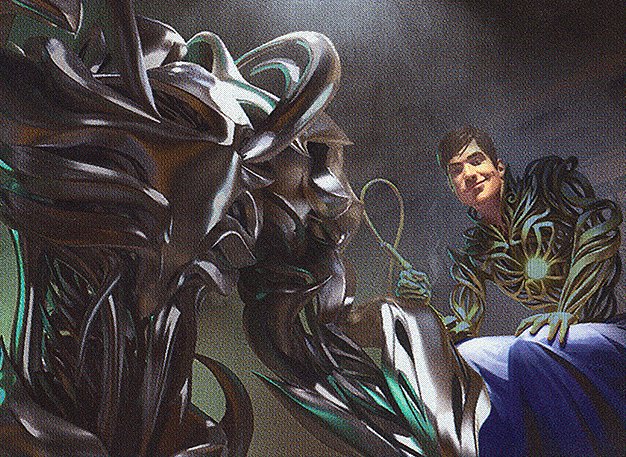


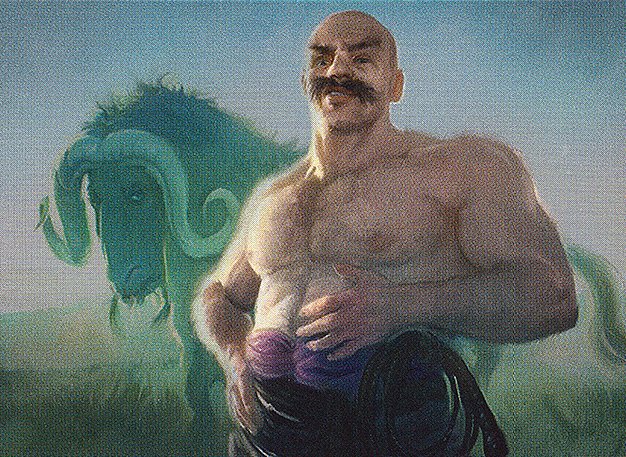



























![Venser Control vs. Ludevic & Tymna [Duel Commander-EDH] - Magic: The Gathering thumbnail](https://i.ytimg.com/vi/eJ9D9zqJhX4/sddefault.jpg)
















